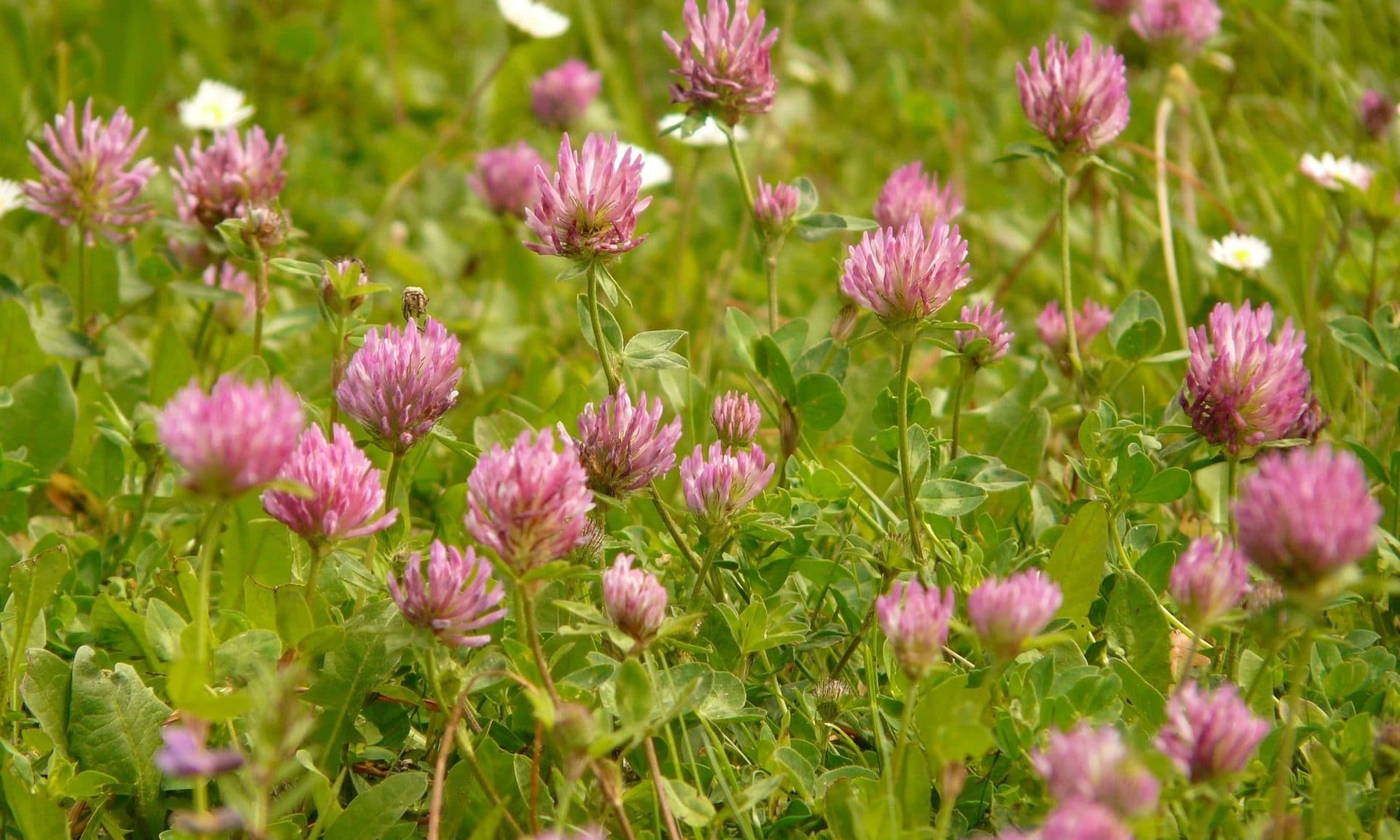Author: MR Adams, DL Golden, JK Williams, AA Franke, TC Register and JR Kaplan
Publication: Journal of Nutrition, December 2005, 135:2852-2856
The effect of soy on cardiovascular effects on men or male laboratory animals has not received much attention. Most previous studies were carried out on young male monkeys or ovariectomized monkeys. A study by MR Anthony et al showed that monkeys fed with soy protein had 90% smaller plaque size compared to monkeys fed with a casein protein (Soy protein versus phytoestrogens in the prevention of diet-induced coronary artery atherosclerosis of male monkeys, Arter. Thromb. Vasc. Biol. 1997;17:2524-2531).
The purpose of this study was to investigate the effect of long-term (3 years) consumption of isoflavones containing soy protein on the development of atherosclerotic plaques and vascular activity in adult male monkeys.
The monkeys were divided in three groups: a control group (casein and lactalbumin as protein source), a low-isoflavones group (0.94 mg soy isoflavones per g protein) and a high-isoflavones group (1.88 mg soy isoflavones per g protein). The investigators found that groups with soy protein showed lower plasma cholesterol levels and higher HDL. The intake of isoflavones in the soy protein groups corresponds to a human equivalent of 75 and 150 mg isoflavones per day. The high-isoflavones group did result in an increased effect, suggesting that 75 mg isoflavones per day might be enough. The soy protein groups showed also 34% smaller atherosclerotic plaques. There was no influence on endothelium-dependent or -independent reactivity of coronary arteries. The serum isoflavones were also determined at the end of the treatment period. Serum levels of isoflavones were higher in both soy protein groups and were the highest in the high isoflavones group.
The study concluded that long-term consumption of isoflavones containing soy protein reduces atherosclerotic plaques without influencing endothelium-dependent or -independent reactivity of coronary arteries. More studies are required to determine the relative roles of isoflavones, soy protein or other soy components.
